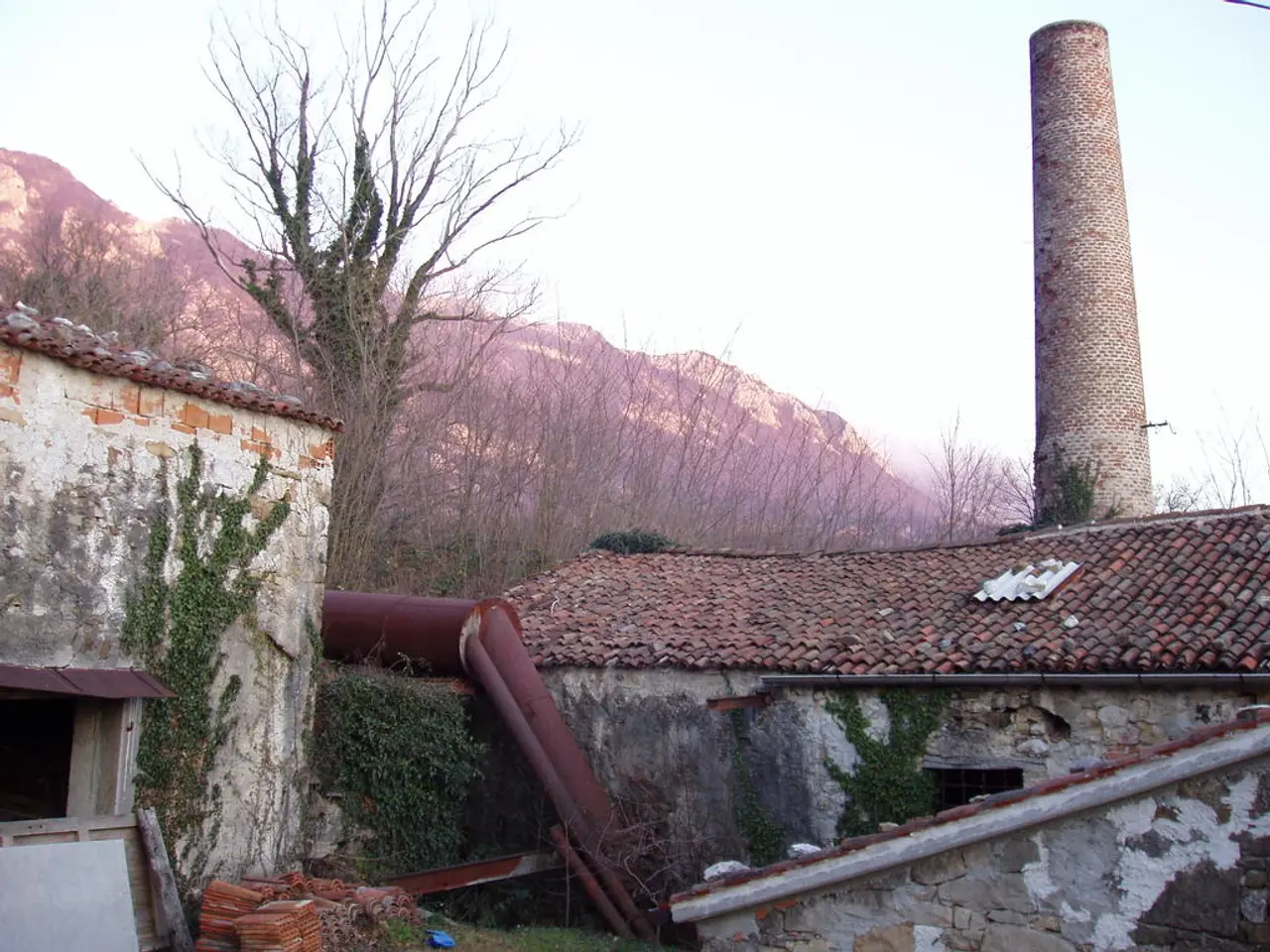Chinese Researchers: Wind Turbine Blades Combat Desertification, Manage Waste
Researchers in China propose an innovative solution to combat desertification and manage wind industry waste. They suggest using decommissioned wind turbine rotor blades as sand barriers in arid and semi-arid regions.
The method involves cutting rotor blades to size and drilling them into sand barriers. This creates a porous structure that effectively brakes the wind and reduces sand transport. A porosity of 20% has shown the most significant reduction in sediment transport.
Compared to traditional wood composite barriers, rotor blade barriers offer substantial benefits. They reduce erosion by 56% and exhibit 14 times higher bending strength. This durability is attributed to the rotor blades' inherent resistance to UV radiation and temperature fluctuations, making them ideal for harsh desert environments.
The Federal Environment Agency (Umweltbundesamt) in Germany, along with industry players like Nordex, is exploring recycling options for decommissioned rotor blades. While research is ongoing, practical recycling remains limited, and no company currently offers large-scale, commercial solutions.
This method not only addresses desertification and sand management issues but also provides a sustainable solution for wind industry waste disposal. By recycling rotor blades into durable sand barriers, it reduces erosion and increases durability while tackling the growing problem of wind turbine waste.








